Nutritional Secondary Hyperparathyroidism
Nutritional Secondary Hyperparathyroidism is also frequently referred to as Metabolic Bone Disease (MBD). It is a complex disease that is commonly diagnosed in reptiles, and most frequently seen in lizards and turtles.
Early stages of Metabolic Bone Disease can be subtle, and more often than not, this disease goes unnoticed until it is in the advanced stages. Metabolic Bone Disease can display varying signs from one species to another and can be difficult to manage once it has occurred. However, the disease process is easily preventable with the correct husbandry and a correct balanced diet.
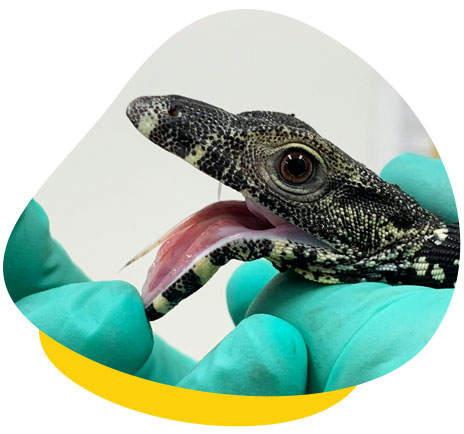
What Causes Metabolic Bone Disease?
This condition is the result of improper calcium metabolism due to a combination of low levels of dietary calcium, high levels of phosphorus, and is often combined with poor or inadequate UVB exposure.
Appropriate UV lighting is important for the absorption of calcium which plays an important role in bone development, muscle activity and even the immune system.
Common Clinical Signs Include:
- Abnormal skeletal development
- Lethargy
- Poor appetite
- Weight loss
- Fractures of the limbs and spine
- Lameness
- Difficulty toileting
- Twitching of muscles
- Seizures
- Softening of the shell in turtles
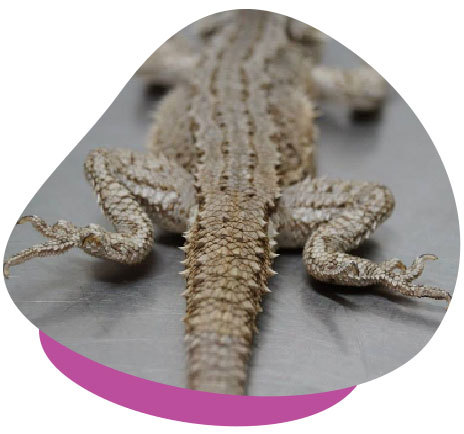
How Is Metabolic Bone Disease Diagnosed?
Diagnosis requires a thorough assessment of the husbandry, a full physical exam by a reptile vet, and in some cases radiographs (x-rays) to assess for decreased bone density or for the presence of fractures. Testing the blood calcium (specifically the ionized calcium) can also be useful.
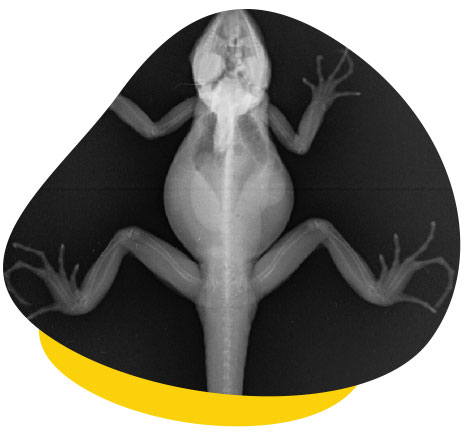
How Is Metabolic Bone Disease Treated?
Treatment depends on the severity of disease. With less severe cases, making the appropriate husbandry changes and dietary supplementation often resolves the issues. Treatment can sometimes be prolonged taking weeks to months, and in some cases, if too advanced, it cannot be resolved at all and euthanasia may be required.
Treatments That May Be Recommended Include:
- Addition of appropriate UVB lighting
- Calcium supplementation
- Dietary changes
- Exposure to supervised time in natural, unfiltered sunlight
- Pain management
- Hospitalisation
- Surgical procedures
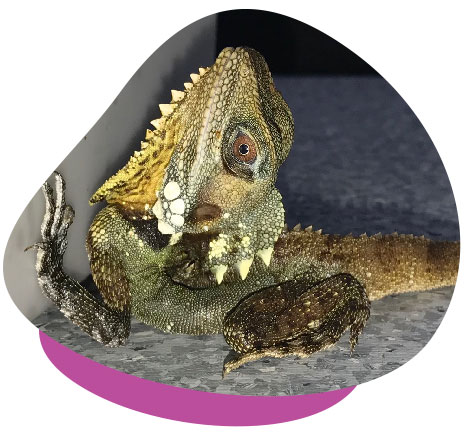
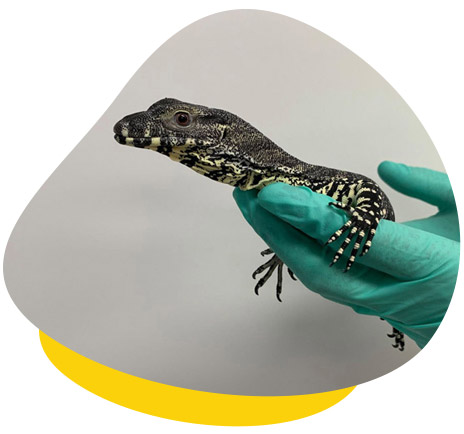
What Is the Prognosis of Metabolic Bone Disease?
The prognosis depends on the severity of the disease. In some cases, the clinical signs can be reversed with treatment, but severe cases can prove difficult to manage and treat.
We strongly advise you seek veterinary advice if any of the clinical signs listed are encountered or you are at all concerned.
Regular health checks and discussing your reptile’s optimal husbandry requirements will also help with the early detection and prevention of Metabolic Bone Disease. For more information on this disease, contact us or book an appointment online.

